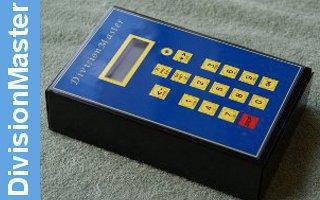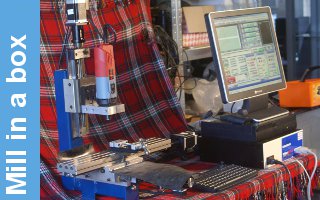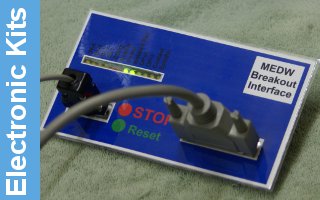HRP Saddle Bracket
The saddle bracket is a casting which needs rather careful holding, due to its peculiar shape. The lower part of the boss can be gripped in the three jaw chuck of a 6" lathe, and whereas there is ample metal to hold onto, machining must be carried out at low speeds, as the work will be very much out of balance. The top face of the boss can be machined, and the step cleaned, after which drill and bore to a finish; or ream the smallest bore completely through the boss. Next, grip a piece of steel stock in the lathe, and turn a suitable step on which to press the saddle bracket; the underside or larger bore can now be machined, and the casting faced off to size. The main curve of the bracket, into which the smokebox fits, can be machined on the face plate of a large lathe, using a compound angle plate, or a large and small angle plate to hold the work. The casting will be secured by a clamping bolt through the centre boss, pulling down onto the angle plate. A couple of clamps should also be arranged, so that there is no fear of the casting moving during machining. The casting could also be put on the saddle of a lathe, using two clamps, one on either side of the curve, and pulling down onto a pair of suitable pieces of parallel bar; these should bring the casting to the exact height required for machining. Then using a disc fly-cutting tool (as drawing No. 10), commence fly-cutting between centres, and adjust the tool more outwards for each cut, until the correct radius is produced in the casting. The same procedure can be used on a milling machine, i.e.: clamping down onto parallels, but in this instance the fly-cutter can be set to produce the finished diameter, and the milling table will simply be lifted until the casting has cleaned up and to the right dimension.










